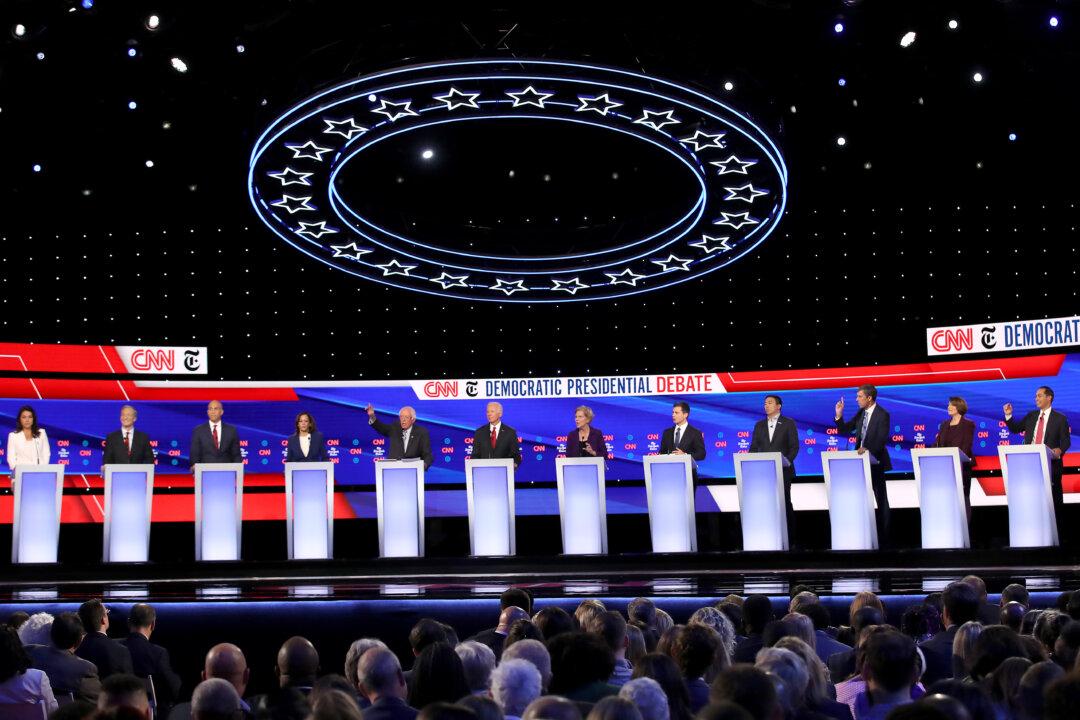American voters are being urged to look past personality and soberly evaluate the economic policies put forward by the 2020 Democrat presidential candidates ahead of next year’s high-stakes election.
Stanford Professor Michael Boskin argued in an op-ed earlier this year that as the election gets closer, people should look beyond slogans and catchphrases to avoid buyer’s remorse. The one-time adviser to Ronald Reagan said it’s high time voters put everyone seeking to occupy the White House through a “rigorous analysis” on their “sharply divergent economic policies.”





